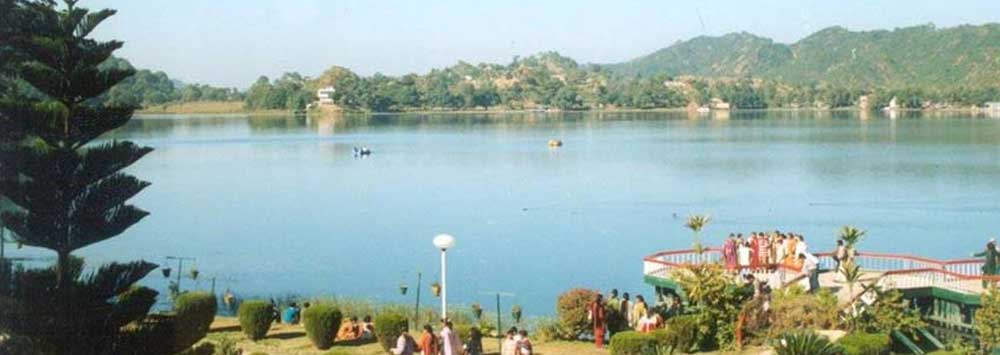-
Jammu Kashmir
Jammu
Kashmir
Ladakh
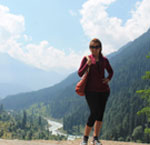
When we say, “We can make a World of Difference” here’s why?
We love to serve you. -
JK Tours
Kashmir

"You can leave Kashmir, but it will never leave you."
Come See Kashmir -
Adventure
Pilgrimage
Sightseeing
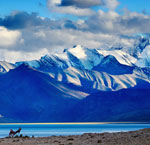
"You can't understand a Kashmir without staying with us."
Lets Travel Kashmir -
Art and Culture
Landscape
Architecture
Events and Festivals
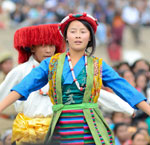
"Gar firdaus baruhe zamin ast Hamin asto, hamin asto, hamin asto"
(If there is a paradise on earth, it is here, it is here, it is here.) -
Before you Go
When to Go
Accomodation
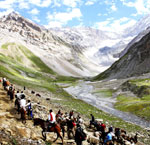
We arrange your stay in top luxurious hotels and houseboats. During your stay you are our guests and it is our duty to make you feel home in Kashmir.
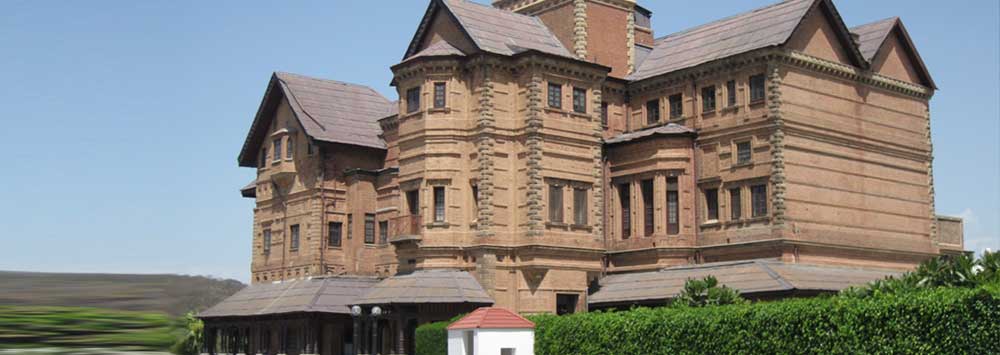
Get a quote | make a booking
It’s easy to get a quote or book a Tour with Us.
Kashmir Travels often has some great deals and you can view these by clicking.
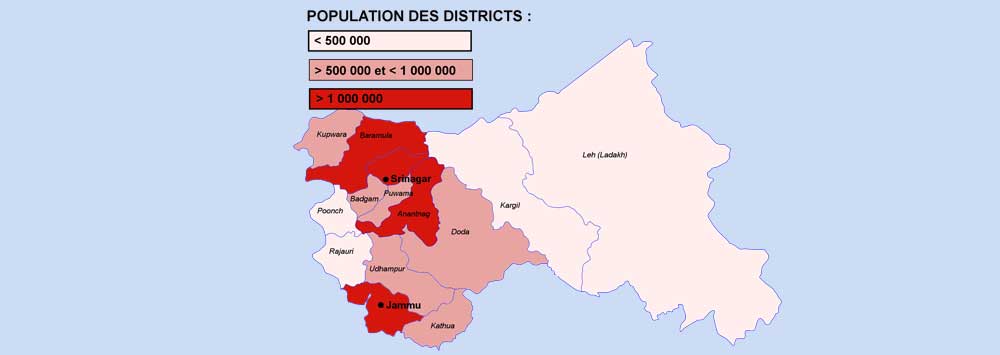
EXHILERATING VIEWS
Enjoy breathtaking views, unmatched anywhere else in the world. Our hotels and houseboats are located on some of the most pristine locations of Kashmir.
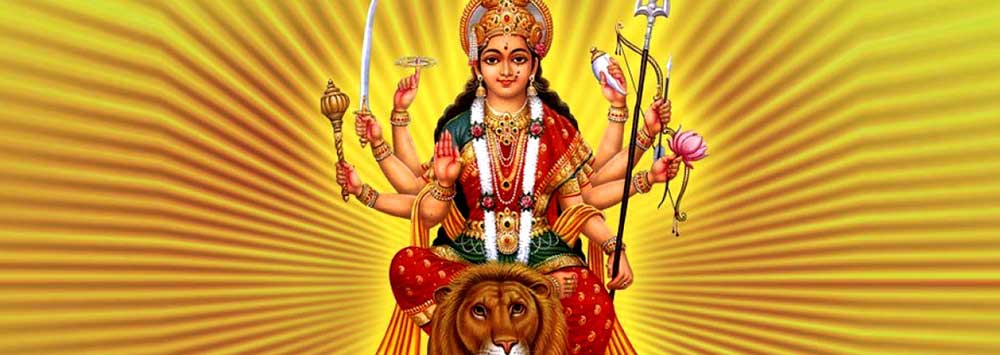
Traveler's Guide
With the Kashmir travels scheme you can get exclusive rates, or join us as an affiliate to earn commission on all referrals.

Travel Needs
Just leave the details to us! Our reliable and well trained travel consultant will be waiting to escort you. We arrange your stay in top luxurious hotels and houseboats.
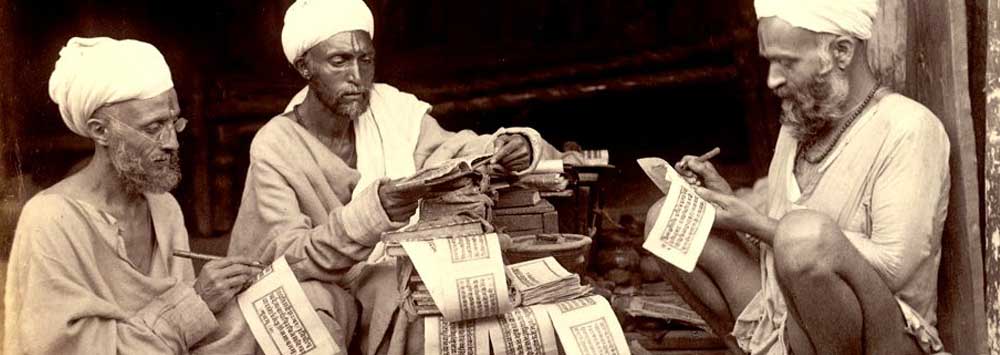
Traveler's Guide
When we say, “We can make a World of Difference” here’s why? We love to serve you.Kashmir Travels is a family-owned business that was founded in 1960s.

Group Tours
We will go the extra mile to facilitate your booking. Whether you have a sports team, school group, band, orchestra, family.
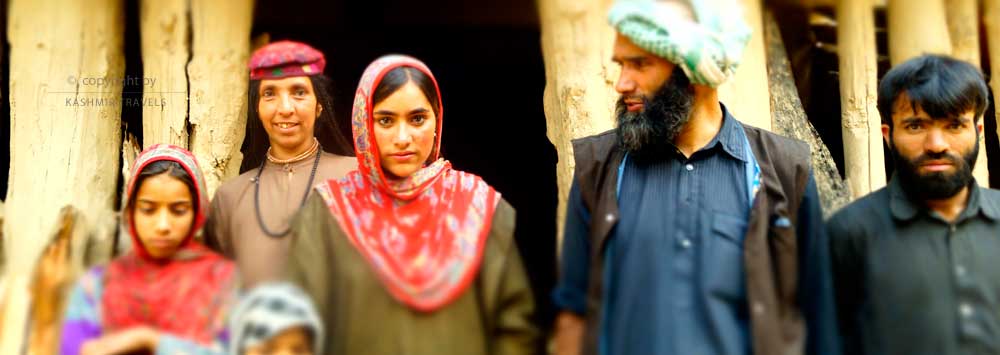
Excellent 24/7 customer service
Kashmir Travels is a special team dedicated to catering to the travel needs we can source excellent group rates, for Treks, Ski, Tours.
CLIMATE IN JAMMU
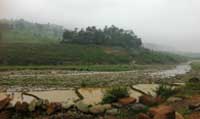 Jammu is a sub-tropical area of the state, with the hottest temperature of the three divisions. The climate of the Jammu division resembles that of Punjab. The climatic conditions prevailing over Jammu region vary from one part to another. The climate of southern plains and adjacent Shivaliks resemble the weather of Punjab with hot summers coupled with monsoon rains and cool winters. On the other hand the climate of mountainous tracts and lee-ward slopes resembles the weather of Kashmir Valley. Seasonal monsoon winds have their impact on the weather of Jammu region. On the basis of distribution of annual rainfall and temperature, a year in the region has been divided into three seasons.
Jammu is a sub-tropical area of the state, with the hottest temperature of the three divisions. The climate of the Jammu division resembles that of Punjab. The climatic conditions prevailing over Jammu region vary from one part to another. The climate of southern plains and adjacent Shivaliks resemble the weather of Punjab with hot summers coupled with monsoon rains and cool winters. On the other hand the climate of mountainous tracts and lee-ward slopes resembles the weather of Kashmir Valley. Seasonal monsoon winds have their impact on the weather of Jammu region. On the basis of distribution of annual rainfall and temperature, a year in the region has been divided into three seasons.WINTER SEASON
In this season the coldest month is January. Mist and fog are a common sight during this month. From February the temperature begins to rise which then leads to spring season. During winter season westerly winds also called template cyclones cause rainfall in the region. These winds originate from Mediterranean Sea. The average winter rainfall in the region is 13 cm.SUMMER SEASON
From March onwards there is abrupt rise in the temperature of Jammu which reaches up to its maximum in the month of May and June when it often rises to about 38 degree Celsius. During this period hot dry winds called “loo” blow which add to the miseries of the people. Sometimes a dust storms blow which bring about light dazzles of rain. During this season the average rainfall is 11 cm.RAINY SEASON
From the middle of June monsoons begin to arrive in Jammu. Monsoon rains bring down the temperature but humidity remains quite high which makes the weather quite oppressive. Average rainfall during this season is 65 cm.- For recent updates please visit Accu weather
- TRAVEL GUIDE
- Flights
- Hotels
- Houseboats
- Reach Amarnath
- River Rafting
- Rock Climbing
- Shikara
- Skiing
- Treks
- JK TOURS
- Kashmir Tour
- Amarnath Yatra
- Family Vacation
- Kashmir Holiday
- Kashmir Honeymoon
- Kashmir Ladakh
- Katra Kashmir
- Sri Vaishnodevi
- Srinagar Tour

